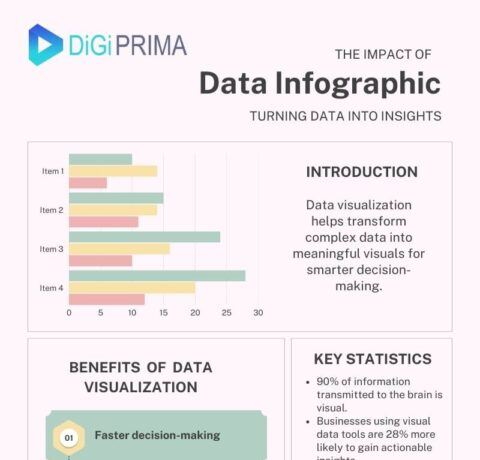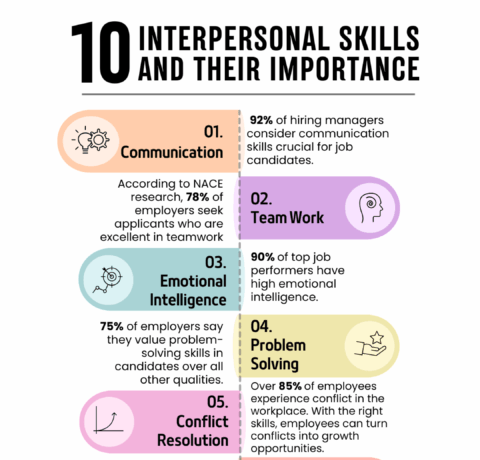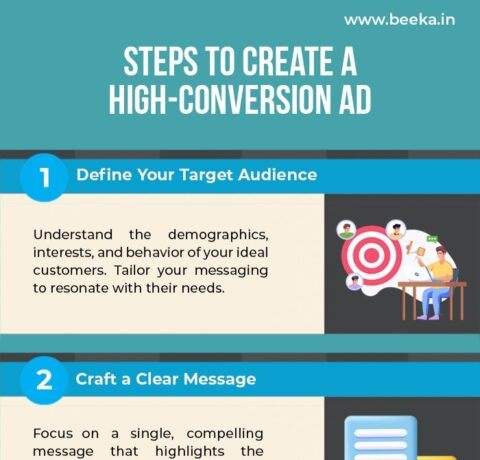How Virtual Reality Is Shaping The Construction Industry—Infographic
New construction technology is rapidly shifting the way construction is done. Virtual Reality (VR) is one new technology that is changing the construction industry to improve the design, safety, training and to avoid costly overruns.
What Is Virtual Reality?
Virtual Reality is the computer-based simulation of the artificial/real world, which can be experienced via special electronic equipment and sensors. In the construction industry, VR is used as the upgraded level of 3D modeling, producing a 3D digital representation of any object or surface. It allows direct user interaction in the virtual space that gives a clear understanding of construction.
Top Industries Using Virtual Reality
- Gaming
- Therapy
- Fitness
- Automotive
- Healthcare
- Tourism
- Aerospace
- Construction and architecture
- Education
- Retail
- Finance
- Military training
Major Challenges Of The Construction Industry
For years, the construction industries are facing numerous challenges that need an effective solution. The major problems are:
- Labor shortages
- Immobile productivity levels
- Working safety
- Technology adoption
- Poor project performance
- Risk assessment during the design stages
- Identification of layout conflicts
Benefits Of Virtual Reality In the Construction Industry
With Virtual Reality, not only the challenges of the construction industry are overwhelmed, but also many other benefits are offered.
- Quick 3D modeling
- Real-time collaboration
- Complete transparency
- Reducing rework
- Improving safety
- Lowering labor costs
- Meeting timelines
- Resolving issues faster
- Increasing quality
How Virtual Reality Works For New Building Construction
Virtual Reality is the new technology used with Building Information Modeling (BIM) to enhance the opportunities in 3D modeling. BIM files are optimized for game engines (Unity, Autocad, Unreal, etc.) to develop a virtual environment for the building. Once the 3D environment is developed, it becomes easy for you to use VR gadgets—head-tracking and eye-tracking technology— to look into the virtual space and experience it.
How Virtual Reality Works For Existing Building Construction
1. Scanning The Building
Scanners are placed around the building that use laser light to calculate/record the building dimensions and the RGB values from all corners. This entire data is collected with a speed of about 1 million dots per second.
2. Transforming Dots Into Lines
All the recorded dots are connected via Control Network. All the dots—called survey points—are placed together for overlapping to create the virtual architecture of the building.
3. Data Collection
In the data collection stage, all your data is sorted and prepared for 3D modeling. Random dots are removed to clean the virtual architecture and are checked for accuracy and required tolerance.
4. Development Of The 3D Model
Building Information Modeling is used to trace the building, using the data and the client's requirements. The final 3D model then undergoes quality checks. This is then shared with the client for feedback.
5. Final Optimization And Delivery
The final stage includes transforming your BIM building mode into Virtual Reality software for better visualization of the construction. Modifications are done as requested by the client.







You can adjust your cookie preferences here.